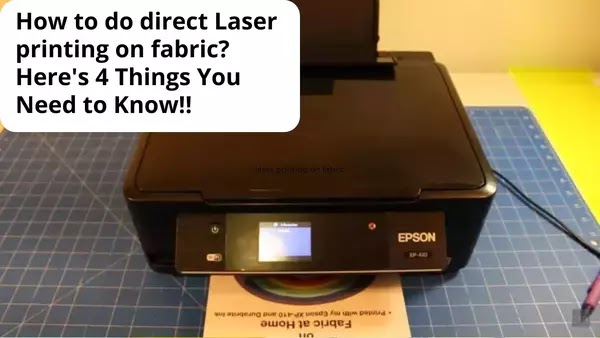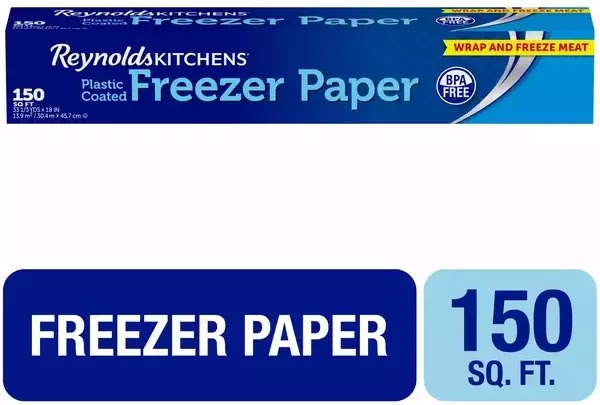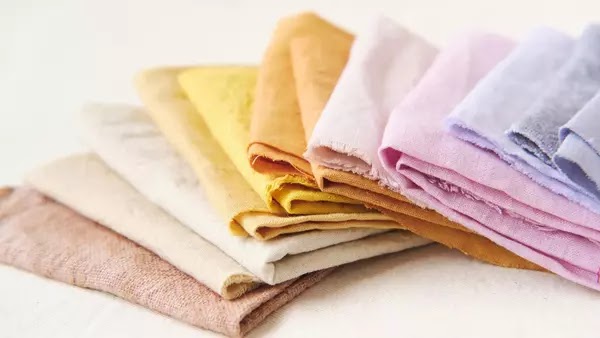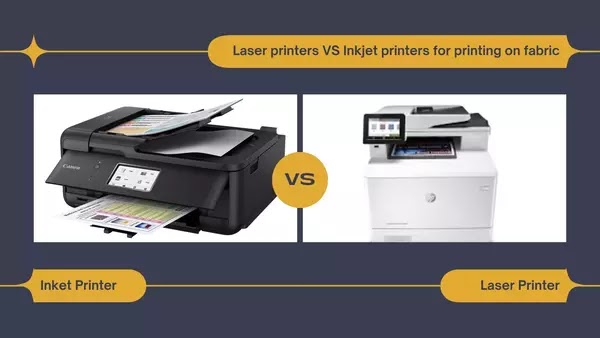Not many people know that they can do direct laser printing on fabric. It's either not understanding how to do it or never considering that option at all. But once you know how easy it is, you will be printing non-stop.
What you need for laser printing on fabric
However, you need to know which fabrics you can print on. You can't print on silk or linen that easy to wrinkle. You can't have any fold during the printing process.
Don't forget that you will push the fabric through the printer. You need to ensure that it will stay still and as prim as a sheet of paper. That way, your design will be perfectly transferred to the fabric.
As for the design, you need to match it with the area of your fabric.
You also need a good laser printer to do the job perfectly. And if you don't have any idea about which printer should work. You should remember that there is always one that is within your budget.
Some laser printers for home and small businesses can print on fabric at home. And this is a secret most soccer moms hide from their peers when they decorate a team party.
Another thing you need to prepare is the freezer paper. Using a laser printer, this paper can help you print directly to the fabric.
You just need to cover the fabric with this paper before inserting it through the feeder tray. Make sure that you're doing it correctly to avoid paper jams.
Okay, so what is the freezer paper?
Most people confuse freezer paper with wax paper. Both are thicker than regular papers and have a wax coat on the surfaces. But freezer paper only has it on one side, while wax has it on both sides.
You can buy freezer paper almost everywhere. So, you don't have to worry and keep preparing some papers in your freezer.
When cutting freezer paper, you must ensure that it’s only slightly larger than the print area. But still smaller than the whole fabric.
This margin will help you on finding the best area to print. You may need to adjust your design, especially on image positioning. It's common to do this a couple of times when it's your first time printing on fabric.
But you can't use the same freezer paper several times to print the same image. So, make sure you do the right measurement and cut it right so you can have several papers to do your experiments.
The primary usage of freezer paper is to ensure that your fabric stays still during the printing process. It also protects the fabric from the printer's heat. And most importantly, it will help the ink to set better.
Feel free to experiment with both freezer and wax paper to know which suits you better. Both papers require different treatments and will give you different results. But you shouldn't forget that also needs to match the fabrics as well.
How about the fabric?
Unfortunately, most people don't consider this aspect and think they can print whatever they want. Hands down, cotton is the best fabric to print on. It's affordable, you can find it everywhere, and it comes in various colors.
You also can find some fabrics that have ready-to-print features. These fabrics will save you time from doing all treatments to keep the ink sticks. And yes, most people also forget about this step.
Fabric treatment can determine how long the print lasts and how good it will look. Thankfully, when you use a laser printer, you don't have to pre-treat your fabrics.
Unanimously, cotton is the best fabric to print on. The natural fibers absorb the ink better and it is also heat-resistant. But you also can print directly on synthetic material like polyester.
If you have a large printer, you also may want to try printing on wool and other thicker fabrics. Again, this is highly doable, as long as you can keep the threads to not disrupt the process.
What is fabric treatment and how important it is?
Fabric treatment is how you prepare your fabric to keep its color before and after printing. While this may sound complicated, all very simple to do.
Buy a fabric treatment solution based on your printer model and ink type. Remember that treatment may define the result. Follow the instructions to treat and dry at least 24 hours before printing.
The alternative is buying fabric that is ready to print. This treated fabric is noticeable more expensive than regular fabrics. But you won't be disappointed with the final look. Your printed image will look better than others.
Since you'll be using a laser printer, you won't see a massive difference between treated and non-treated fabrics. You can try printing the same image twice on different fabrics.
Eventually, it's about your printing preferences. And to be fair, there is no guarantee that the pre-treated fabrics will last longer.
As you can guess, pre-treated fabrics come in various colors and fabric types. It means you just need to dig deeper if you want to have pre-treated wool or linen.
Laser printers VS Inkjet printers and which ink to use
You can see that most printing stores will rely on their laser printers to print on fabric. But to be fair, they know all the secrets to making the laser printer work.
The massive disadvantage of a laser printer is that it uses toner instead of ink. Despite the name, toners refer to the dye powders that the printer heats up and presses on the surface.
And since it's powdery, it doesn't stick to the fabric well. There are methods to solve this issue, but eventually, you are sacrificing more time waiting for the ink to dry.
Anyway, if you have been on team inkjet printers for a while, you need to understand the differences between the inks they use. Most manufacturers produce both dye-based and pigment-based inks for their printers.
Dye-based will dry quicker, but it doesn't have the same longevity or coloration as the pigment-based one. Therefore, you need to look for a printer with pigment-based ink to have the best fabric print.
You can use all laser printers to print on fabric. But it doesn't mean that they will give the same result. Some printers are noticeably better than the rest.
Some of the best printers to print on fabrics are expensive. But you can rely on a small laser printer to do the job just fine. As long as you keep in mind that the printer is only one of several components.
If you are also thinking about printing photos, you can check out our other tutorial about which printer is better for photos printing.
The final verdict
Of course, it's much easier to just bring a design and ask a company to print it for you. But you may be unable to stop printing once you got the hang of it.
To reiterate, you need to have a good laser printer with OEM toner and pigment-based inks to get the best result. And the fabric needs to be very tight and non-wrinkly. You can choose between a pre-treated sheet or a regular one to print on.
Another thing you shouldn't forget is the freezer paper. If you want the best result without sacrificing your printer, you better not forget to attach this paper to the fabric.
You also need to match the design size with your printer capacity. If it's your first attempt at printing, it's best to start small with initials or unique logos.
A laser printer ensures you print the highest detail without any difficulties. And it means a new level of awesomeness in print.
You can print your family picture on t-shirts for the upcoming family holiday. You also can print your company's logo or initials to tell everyone that it's your clothes.
Keep in mind, there is no 100% success rate unless you use the fabric printer. Even after years of printing with your LaserJet, you may still fail once in a while.
So, what do you think about direct laser printing on fabric? Are you interested to try or do you want to explore some more? Needless to say, laser printers are one of the best items to have today.



